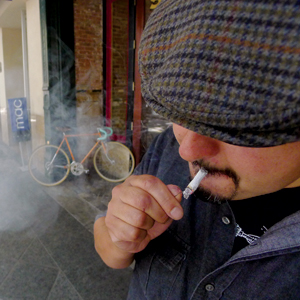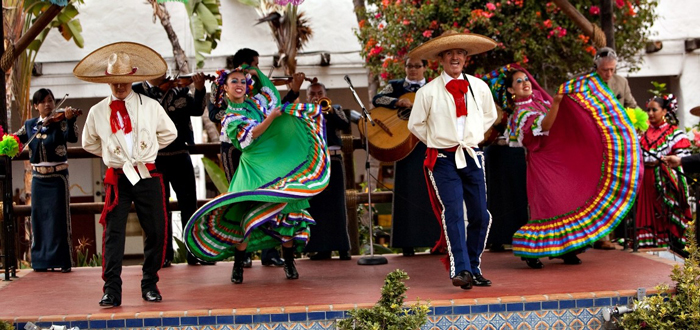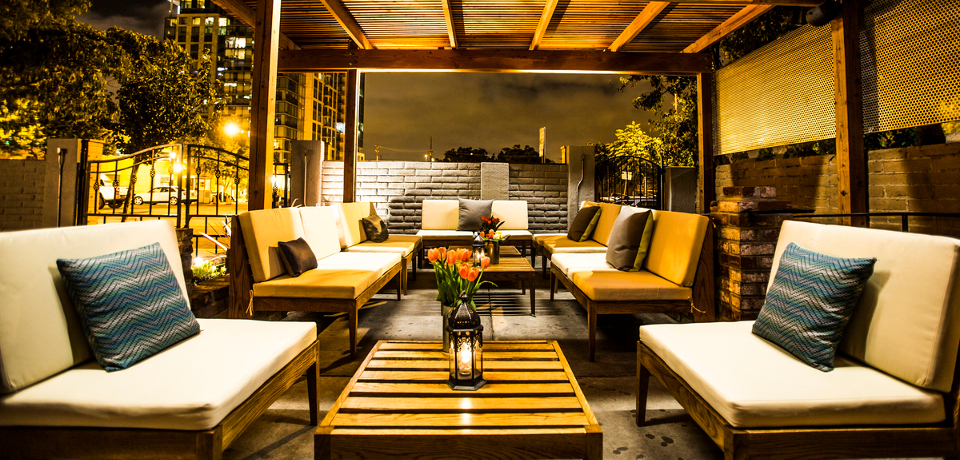Hope Cahan says that two months ago, she knew nothing about medical cannabis and might even have been a little suspicious. But after studying the issue, touring several local collectives and meeting some patients, she has decided that the city needs to make more room for this growing industry.
Cahan, a veteran of county and state politics who sits on the San Jose Planning Commission, now says the city should abandon the key points of a recent proposal for dealing with medical marijuana collectives.
“It’s really hard to know the right number for the city,” she says, “but 10 just seemed like such a drastic reduction to meet the demands of the population.”
The proliferation of pot clubs—more than 100 have sprung up during the past two years—has stymied city officials and nearly resulted in all-out ban in April. But on July 27, the Planning Commission determined that the City Council’s plan to wipe out 90 percent of the city’s medical cannabis dispensaries was “arbitrary.”
The commission, a volunteer advisory board appointed by the council, also dismissed the idea of requiring the dispensaries to cultivate all of their pot on-site.
Cahan says she and her colleagues studied the issue exhaustively.
“We have an advantage to spend a lot of time on one thing,” she says. “The City Council has such a wide variety of things they have to master and make decisions on, and we’re able to really hone in on specific land-use issues.”
The commission has recommended that a compromise be reached, widely extending land-use regulations, upping the cap to 25 and permitting off-site growing as long as it takes place within San Jose.
Commissioner Norm Kline says that because members of the board aren’t elected by voters, they have the ability to separate policy from politics.
“This isn’t a knock on the council, but you expect your Planning Commission to know a lot more about planning issues,” he says, “because this is what we do.”
Councilmember Sam Liccardo, whose downtown district has been a source of numerous complaints due to illegal sales taking place directly outside of collectives, admits the council has been overwhelmed. In March, Liccardo signed on to a proposal that the total number of collectives in the city be limited to 10.
“I don’t pretend to know what the right number of marijuana dispensaries is,” Liccardo said this week. “But we need to walk before we can run. And it’s apparent that all of the cuts in police and code enforcement staffing make us unable to regulate the industry we have here now.”
Paying Their Way
In June, San Jose was forced to lay off 66 police officers and eliminate another 40-plus positions, and the city has trimmed its workforce by a third in the last decade due to huge cost increases and steep drops in revenue. It was in this fiscal environment that voters last November passed Measure U, which placed a sales tax on medical marijuana.
The early returns have been promising.
According to Scott Johnson, the city’s finance director, San Jose received $1.25 million in taxes since March, when Measure U was implemented. More than 70 collectives are contributing a monthly total of just over $300,000.
More than 30 have outright refused to pay the tax—some of them claiming that doing so would force them to violate the terms of Prop 215 and SB420.
Despite making no new hires to take on the extra workload of regulating an industry it knows little about, the city is targeting these delinquent dispensaries.
“When we catch up to them, and we will, they’ll be subject to the penalties,” Johnson says, adding that the city has already sent out 45 letters to nonpayers and late filers and collected about $70,000 in penalties.
{pagebreak}
San Jose’s original plan, based on the council’s direction in April, was to form a four-person board to regulate the dispensaries, with three of those people hired on a temporary basis through June of next year. That will change if the Planning Commission’s recommendations are approved in a Sept. 13 council meeting.
“Obviously we would have to revisit our staffing levels for permanent staffing if the number of collectives were changed,” Johnson says.
Councilmembers Pierluigi Oliverio, who pushed for a moratorium when collectives began sprouting up at an exponential rate two years ago, still favors a systematic approach to limiting collectives using land-use regulations. He put forward a motion to that effect, along with fellow Councilmembers Donald Rocha and Ash Kalra, back in April.
They were rebuffed by a majority of their colleagues, including Mayor Chuck Reed, who has proposed ideas ranging from a lottery system to handing out permits on a first-come, first-served basis.
Oliverio believes these proposals will put the city in legal peril, while his will reward the collectives that are doing business correctly.
“My preference was, let’s get the best collectives, instead of who showed up at the The Who concert first,” Oliverio says.
Meanwhile, Councilmembers Kansen Chu and Xavier Campos have insisted that medical marijuana be declared a nuisance that has no place in San Jose.
“They’re definitely weighing in,” Liccardo says. “But I’m not a proponent with taking the genie and putting him back in the bottle.
“We recognize the need to move forward because the world has changed and we need to change with it.”
Cannabis club operators are appreciative of the Planning Commission’s approach, especially when it comes to allowing off-site cultivation.
Doug Chloupek of MedMar Healing Center, who provided planning commissioners with data on pot club infrastructure, is glad that on-site cultivation requirements are not part of the new recommendations.
“Besides the physical constraints it would put on the electricity and the neighborhoods,” Chloupek says, “it was a major security risk.”
Other operators believe any capped number shows that the city and commission don’t fully understanding the issue.
“Although I do disagree with what the City Council has proposed, I think they reflect the confusion in the community about the issue,” says Sean Cambern, president of CP Alliance, a patient advocacy group. “We think 10 is arbitrary and 25 is arbitrary. But if anything it gives us leverage to work with the city.”
“The number 25 was basically a compromise,” says planning commissioner Kline. “Some of us felt a higher number and some thought a lower number.” Regardless, the vote was unanimous, with one commissioner absent.
With a final council decision on the matter looming this fall, there is a potential for fallout on all sides of the community. Collectives that are not included in the cap could sue the city, as is happening in Los Angeles, where city officials tried to shut down more than 100 dispensaries in April. L.A. has spent several million dollars fighting these lawsuits.
Local businesses could also continue to be enraged if they see their storefronts continue to be cluttered with illegal sales by those who spill out of nearby collectives.
“This wasn’t an ordinance to make an industry succeed,” Kline says. “We’re here to put in place regulations so we can tax and regulate.
“We’ll find out in six to nine months if the cost of enforcement and regulation is skyrocketing and people are coming with pitchforks and fire to City Hall.”

 Livefeed: Farm to Table
Livefeed: Farm to Table 






